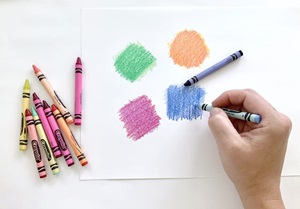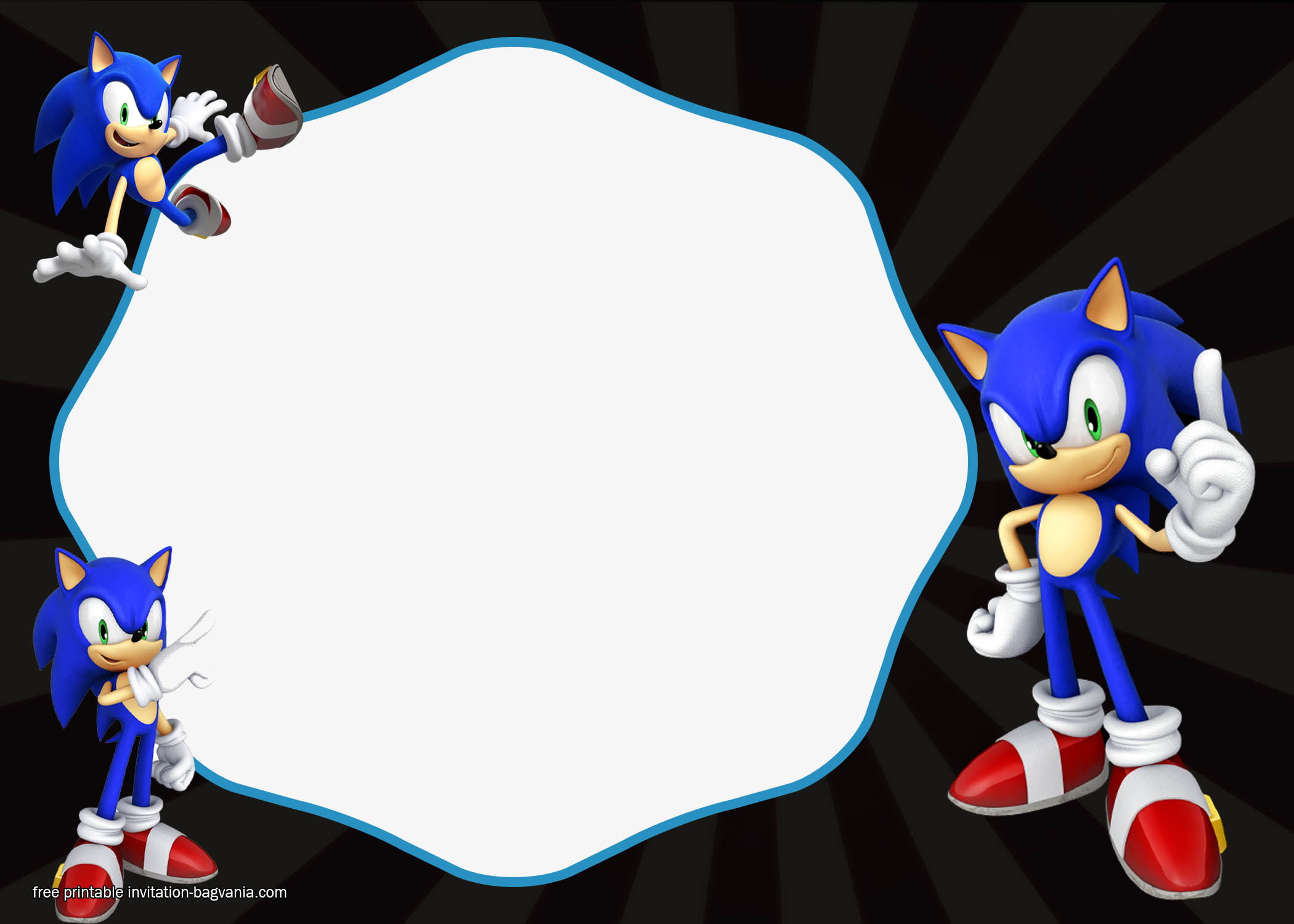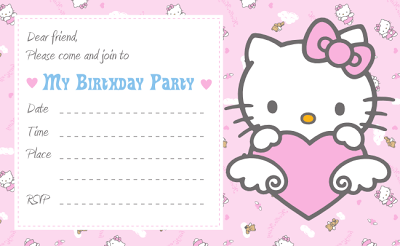Are you in search for kids activities to do with your little one? Try puzzle solving! Children often feel the need to busy and the best way to keep them occupied is through play. Puzzle solving is such a versatile activity that can be suited for the different age groups, all the while helping to boost their cognitive and motor development. In fact, many adults still love doing puzzles, so this could be such a great activity for you and your child to do together.
Puzzle solving activities hold a special place in childhood development, capturing kids’ attention with hands-on challenges that are as rewarding as they are fun. These activities do more than simply pass the time—they engage children’s minds, fostering essential skills in problem-solving, focus, and creativity. As kids piece together a puzzle, they are learning to think critically, explore solutions, and develop a strong sense of accomplishment.
This article talks about all sorts of ways puzzle solving will benefit young children, some DIY ideas and we also add invitation templates for you to get other parents on board this activity. And by doing it with friends, it is more than just a fun activity, it will support a well-rounded development by combining mental challenges with physical coordination, emotional growth, and social engagement.

Benefits of Puzzle Solving
1. Enhances Problem-Solving Skills
Puzzles and building sets require children to make decisions and experiment with trial and error, strengthening their problem-solving abilities. Each time they adjust a piece or change their building strategy, they are learning to evaluate and adapt to new challenges.
2. Improves Spatial Awareness and Fine Motor Skills
As kids fit puzzle pieces together or carefully stack blocks, they improve their spatial awareness and refine their hand-eye coordination. These activities engage fine motor skills and help children gain control over movements, which is especially beneficial for writing and other precision tasks.
3. Builds Patience and Persistence
Solving puzzles and building can be time-consuming, teaching kids the value of patience and perseverance. Working through difficulties without immediate rewards encourages them to persist with tasks, helping them develop a resilient mindset and a sense of pride in their accomplishments.
4. Boosts Memory and Cognitive Skills
Puzzles often require children to recall shapes, colors, or patterns, sharpening their memory and concentration. Similarly, building activities that involve sequencing or structured play encourage cognitive skills such as planning, logic, and recall.
5. Encourages Creativity and Imagination
Building activities, in particular, offer children the freedom to construct their own designs, sparking imagination. From creating mini-worlds with blocks to inventing new ways to connect pieces, kids learn to think creatively, which fosters original ideas and innovation.
6. Promotes Social Skills and Teamwork
When done in groups, puzzle-making and building help children practice communication and teamwork. They learn to share ideas, listen to others, and work toward common goals, all of which are crucial social skills.
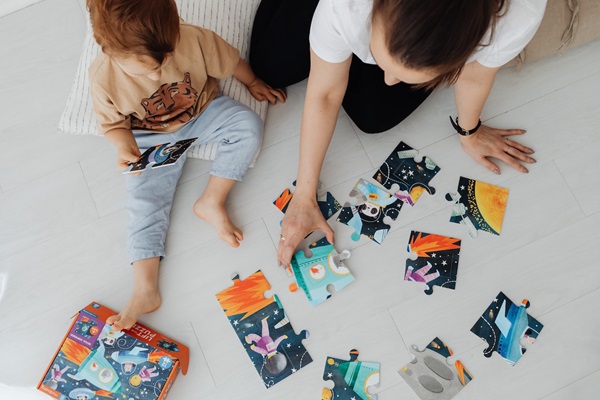
Different Puzzle Solving Activities for Different Age Groups
Choosing age-appropriate puzzles is essential to ensuring that kids stay engaged and benefit from the activity. Here’s a guide to the types of puzzles suited for various age groups:
Infants (6–12 months)
- Simple Shape Sorters: Shape-sorting toys are a great introduction to puzzles for infants. These typically involve matching simple shapes to corresponding slots, helping babies develop hand-eye coordination and basic problem-solving skills.
- Large, Single-Piece Puzzles: Puzzles with just one large, easy-to-handle piece (like wooden animal cutouts) are ideal for very young children, allowing them to explore textures and practice grasping.
Toddlers (1–3 years)
- Knobbed Puzzles with Large Pieces: Puzzles with chunky pieces that have knobs or handles make it easier for little hands to grab. Common themes include animals, vehicles, or household items, with each piece fitting into a single slot.
- Two- to Four-Piece Puzzles: Simple, multi-piece puzzles start teaching toddlers the concept of joining parts to create a whole. These often feature bright colors and familiar shapes to keep their interest.
Preschoolers (3–5 years)
- Simple Jigsaw Puzzles (6–12 pieces): At this age, kids can handle basic jigsaws with larger pieces, featuring images of their favorite animals, characters, or scenes. These puzzles help them learn spatial awareness and sequencing.
- Layered Puzzles and 3D Puzzles: Layered puzzles introduce depth and sequencing by having layers of pieces stacked on top of one another. Simple 3D puzzles, like basic interlocking blocks, help develop fine motor skills and creativity.
Early Elementary (5–7 years)
- 20–60 Piece Puzzles: As their attention span grows, children can work with more complex jigsaw puzzles, with around 20 to 60 pieces. These might depict popular themes like landscapes, dinosaurs, or fairytale scenes.
- Building and Logic Puzzles: Kids in this age range often enjoy puzzles that require logic and sequencing, such as connect-the-path games or magnetic building puzzles, which encourage reasoning and critical thinking.
And of course, puzzle solving does not stop at the early elementary years. If your children enjoy this activity, you can continue giving them different types of puzzles with increasing complexity as they grow older. There are many 100 to 1000 pieces puzzles available for older kids, teenagers and adults. You can also introduce other types of puzzles, for example 3D and mechanical puzzles like Rubik’s cube and tangram puzzles.
DIY Puzzle Ideas
Puzzle solving does not have to be expensive, here are some budget friendly DIY ideas for your a fun puzzle solving activity with your children. Maybe you will even have fun crafting and preparing the puzzles together too!
- Craft Stick Puzzles: Take several craft sticks and place them side-by-side to form a rectangle. Draw a simple picture on the sticks or glue a picture cut out from a magazine, then mix the sticks up for kids to piece together.
- Paper Plate Shape Puzzle: Cut different shapes out of colorful construction paper, like circles, triangles, and squares. Glue them onto a paper plate in a specific arrangement, then cut them out. Have toddlers match the shapes back to their spots on the plate.
- Family Photo Puzzle: Print a picture of family members, cut it into a few large pieces, and have toddlers piece it back together. Laminate for durability if possible.
- Popsicle Stick Animal Puzzle: Draw or print an animal image, cut it into strips, and paste each strip onto a popsicle stick. Mix them up and have your child reassemble the animal.
- DIY Matching Puzzle: Draw pairs of items (like socks, shoes, or animals) on index cards, cut each card in half, and let kids match the pairs. This can also be done with color matching or numbers.
- Paper Plate Word Puzzle: Write a simple word, such as “CAT” or “DOG,” on a paper plate and cut between each letter, creating three separate pieces. Kids reassemble the pieces to spell the word. This can also be done with numbers or short phrases.
- Printable Puzzle Templates: You can find puzzle templates online, some can even be downloaded for free. So get out there and search for printable puzzle templates that you like, here are some examples from DLTK’s Holiday Crafts. You can also read Puzzle Drawing Prompt for Kids with a Free Printable Template to learn how to use blank templates and draw your own puzzles.
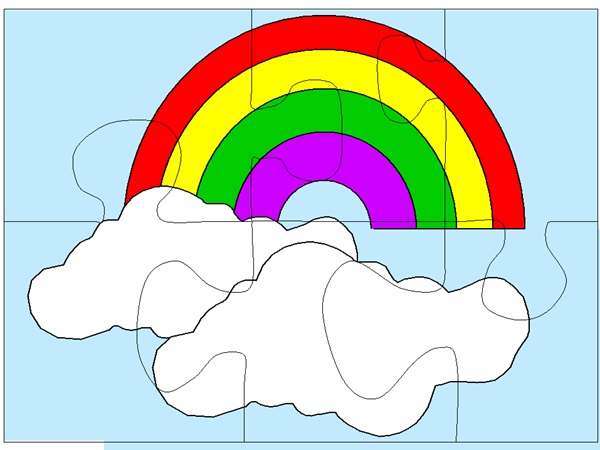
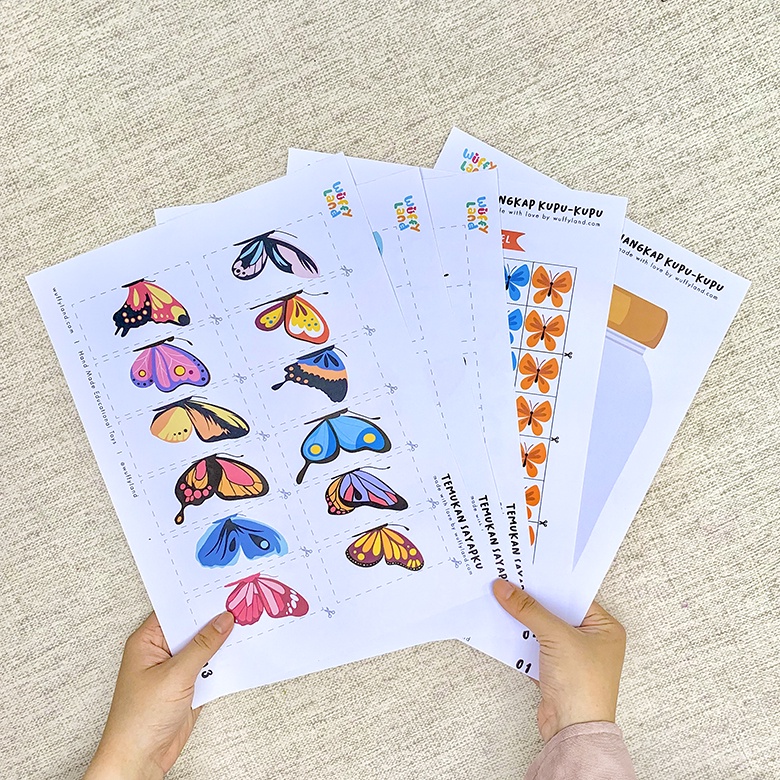
Creating a Puzzle Solving Party
Inviting other parents to join in on a kids’ puzzle-making and building activity can turn a fun project into a wonderful, social event. Here are a few ways to extend the invitation:
- Create a Group Message or Event: Set up a group chat or event page where you can share details and updates. Mention that it’s a hands-on activity that will be fun for kids and a great way for parents to connect, too.
- Explain the Benefits: When inviting parents, highlight the developmental benefits of puzzles and building activities, such as cognitive skill-building, creativity, and teamwork. This might make the activity especially appealing for parents who are looking for enriching activities for their kids.
- Offer to Share Supplies: Mention that you’ll have supplies ready for a DIY puzzle session, or encourage other parents to bring a few items to contribute. This makes the activity feel accessible and inclusive.
- Suggest a Potluck Style Event: Consider making it a potluck gathering where each family can bring a snack to share. This can turn a puzzle-making activity into a small social event for everyone to enjoy.
- Emphasize the Fun Factor: Let them know the activity will be laid-back and fun, with plenty of chances for kids to explore, build, and create together. Stress that no crafting skills are needed!
- Sending Out Invitations: When it comes to invitations, we’ve got you covered! We have some really fun invitation templates that you can easily download and edit. Add the details of the puzzle solving party and you are on your way to having a wonderful fun. The key is to use cute designs and you can find a collection right here:
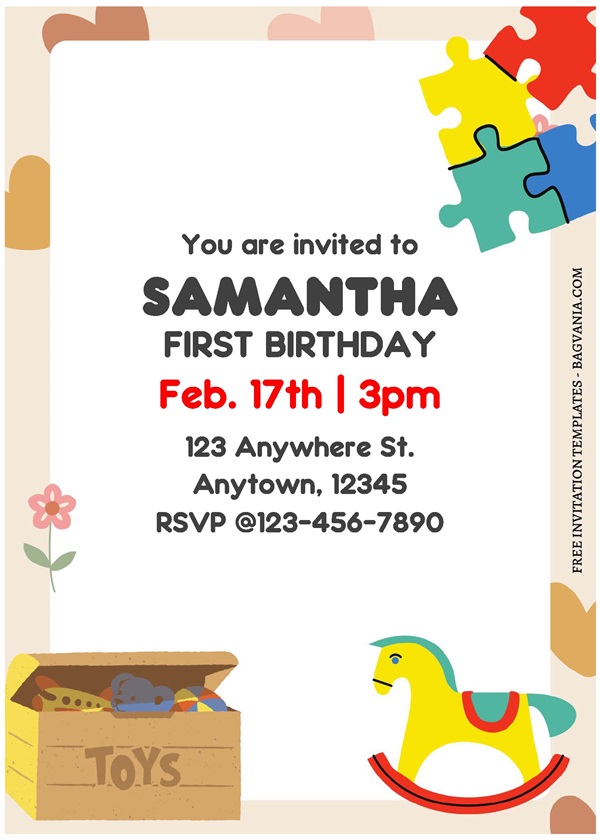
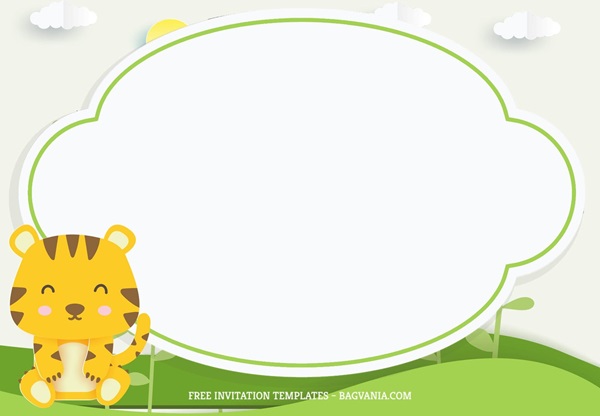

Puzzle solving activities offer kids a creative, hands-on experience that builds critical skills like problem-solving, fine motor control, patience, and teamwork. They’re simple to organize, easy to customize for different age groups, and a wonderful way to bring parents and kids together for a fun, enriching time. Whether it’s a simple shape puzzle for toddlers or a complex logic puzzle for older kids, these activities nurture children’s minds while they play, learn, and connect with others. By inviting others to join in, you’re creating an opportunity for community, shared experiences, and lasting memories.
